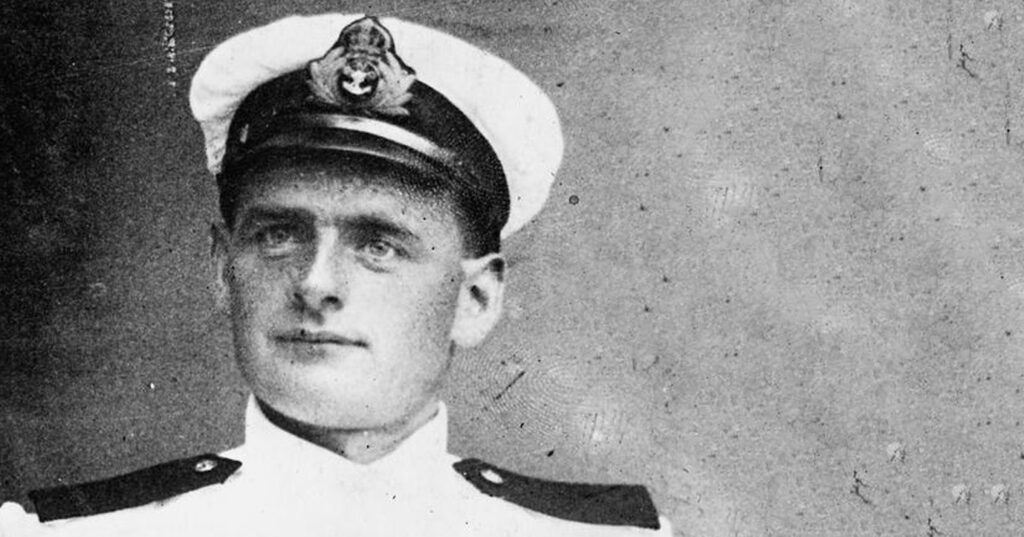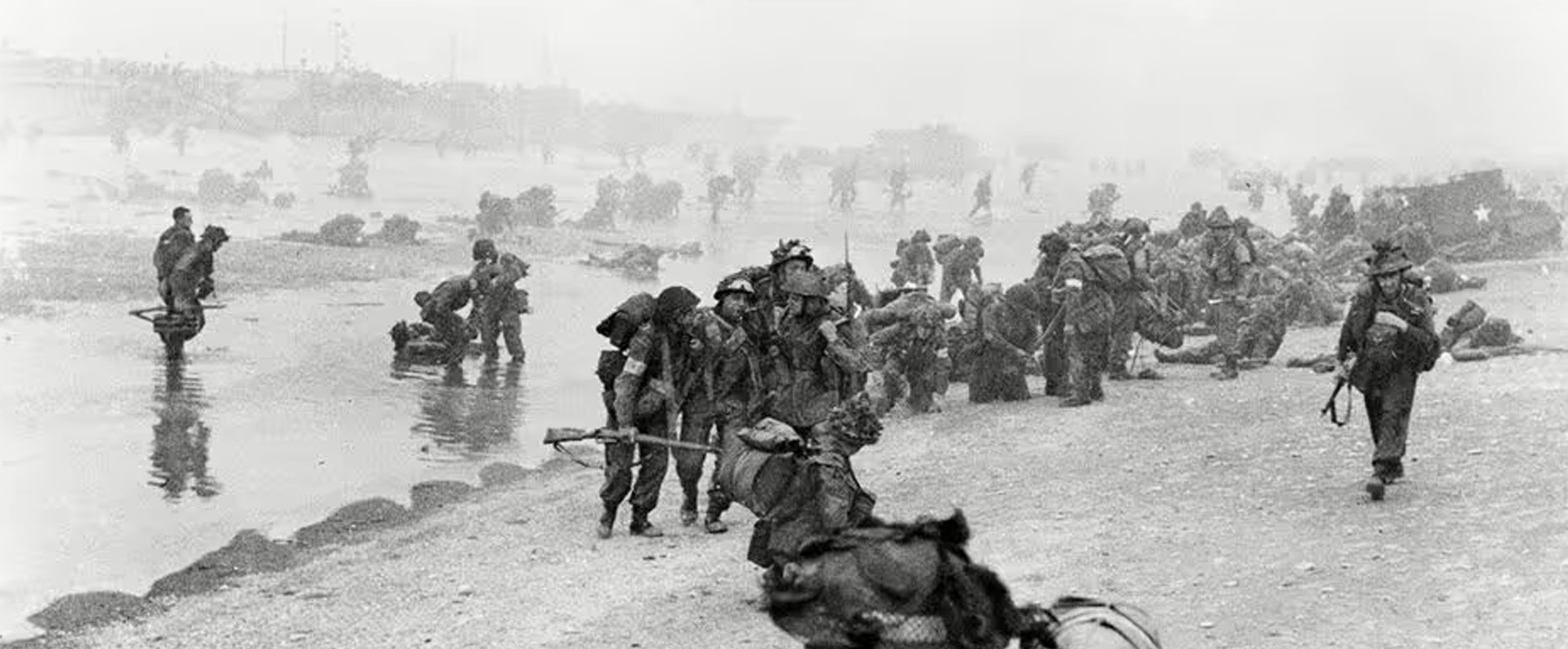
Published in Britain at War in August 2017.
Chief Skipper Joseph Watt VC: leadership
Joseph Watt was born in the fishing village of Gardenstown, near Banff, Scotland, on 25 June 1887. One of five children, he was the son of Joseph Watt, a fisherman, and his wife Helen (née Mair), and he was educated locally at Bracoden School, Gamrie. Sadly, his father died at sea, while fishing for haddock more than 20 miles off the coast, when Joseph Jnr was just ten years old.
Although his mother soon remarried and moved to nearby Broadsea, Watt was determined to follow his father’s career and, after leaving school, he served an apprenticeship in the White Daisy, a fishing boat. Yet, like many fishermen of his generation, Watt never learned to swim. In 1907, he left home and became part-owner of the Annie, a Dundee-built steam drifter and he soon earned a reputation as a daring fisherman who would go out in the wildest of storms.
After the outbreak of the Great War in the summer of 1914, Watt volunteered for the Patrol Service, and was commissioned as a skipper in the Royal Naval Reserve on 11 January 1915. After a few months of patrolling the North Sea, he was posted to Italy, one of hundreds of fishermen who had volunteered for similar services to their king and country. In the meantime, Watt had married: on 5 August 1915, to Jessie Ann Noble, a fisherman’s daughter.
Once in Italy, Watt was appointed to the command of HM Drifter Gowanlea, an 87-foot wooden vessel that had been completed the week that the war had begun. With its crew of nine and armed with a solitary six-pounder gun, the Gowanlea was part of a flotilla of commandeered steam drifters based in the heel of Italy. As part of the so-called Otranto Barrage, the task of Gowanlea and her crew was to prevent Austrian enemy submarines operating out of Cattaro, 140 miles to the north, entering the Mediterranean via the straits separating Italy from Albania. No fewer than 120 drifters provided a 24-hour net barrier across 44 miles of water, supported in their task by an Allied fleet of motor-launches, destroyers, cruisers and aircraft.
On the night of 14/15 May 1917, the Austro-Hungarian Navy launched an all-out attack on the Otranto Barrage, with the aim of wiping out so many Allied vessels that their U-boats would be able to access the Mediterranean and Allied shipping lanes. Nine enemy ships, including light cruisers, were confident of causing massive damage to the Allied flotilla because of their vastly superior size and guns.
The nine ships separated before beginning their attack on the barrage at 3.15am. At the time, 47 drifters were stretched across the straits in seven groups, with the Gowanlea on the far western side of the barrage. Watt was on board with a crew of eight and their dog. As soon as firing was heard, Gowanlea slipped her nets and made for the Italian coast. However, within minutes she ran into the Novara, one of the light cruisers taking part in the attack. When the two vessels were only 100 yards apart, the Novara signalled to the Gowanlea – by dipping her flags and blowing hard on her siren – to abandon ship. “Surrender” was not, however, a word in Watt’s personal vocabulary and the offer was refused. Instead, calling for full steam ahead, Watt encouraged his crew by shouting: ‘Three cheers, lads, and let’s fight to the finish!’ The Gowanlea opened fire with her tiny six-pounder gun, but with menacing accuracy.
The enemy response was predictable: they brought their nine 3.9-inch guns to bear on the Gowanlea and two shells caused significant damage. Two further shells landed on the drifter: Watt narrowly escaped death when one of these shells struck the wheelhouse. But Gowanlea was able to limp away under her own steam. The Novara only moved on because she was convinced that the Gowanlea was sinking.
The raid lasted just over an hour, during which 14 of the 47 drifters were sunk and several more damaged. Gowanlea, despite being badly damaged, even joined in the rescue effort and managed to help the wounded from the drifter Floandi before making for port.
Watt’s VC – the only one for the action – was announced on 29 August 1917. Watt, who was aged 29 at the time of his VC action, was also rewarded with the Italian Al Valore Militare and the French Croix de Guerre.
Watt fell ill shortly after his VC action and spent six weeks recuperating in hospital on Malta. After his release, he was promoted to chief skipper and allowed to return home. On learning of the news, Fraserburgh town council had planned a hero’s welcome but Watt, forever shy of publicity, travelled home secretly. His VC was presented to him by George V at an investiture at Buckingham Palace on 6 April 1918. After the war, Watt returned to his first love – fishing at sea. His VC was kept in a small, cluttered drawer on his boat.
Watt had two children, a daughter and a son. During the Second World War, he commanded a drifter serving with the Home Fleet, with a crew that included his son, who had been invalided home in 1940 after being wounded while serving with the Gordon Highlanders.
Joseph Watt, who was known locally as “VC Joe”, died from cancer at his home in Fraserburgh on the 13 February 1955, aged 67. He was buried in Kirktown Cemetery, Fraserburgh, in the same plot as his wife and her parents. I bought this wonderful character’s gallantry and service medals at a Spink auction in London 2012 and I feel privileged to be the custodian of this famous medal group.
Download a PDF of the original Britain at War article
For more information, visit:
LordAshcroftOnBravery.com


